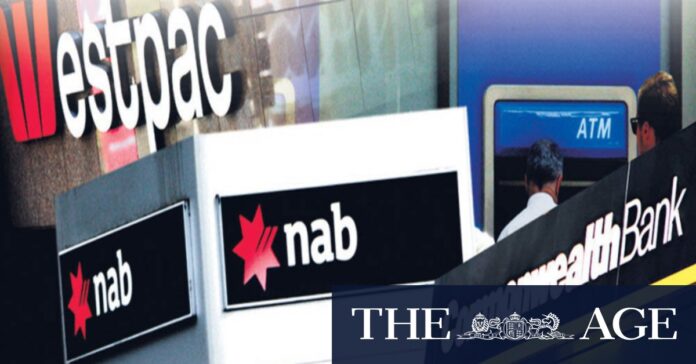[ad_1]
Business consultancy The Initiatives Group’s managing director Lance Blockley said while there would continue to be reduction in the number of ATMs and branches, it would likely slow down over the next year or two. “For the forseeable future, there will always be ATM and bank branch networks,” he said.
Loading
However, Blockley said as fewer people visited branches, it was understandable banks were reviewing the extent of their physical presence.
“COVID accelerated it, but even before the pandemic, there was a move to do banking through mobile apps, websites and remote digital channels,” he said.
“Banks have quite a bit of capital and departing costs tied up in branches and operating costs, and they need to balance that against the service their customers want to use.”
Blockley noted while the federal government had committed to phasing out cheques by 2030, there was still an acknowledgement by government – and independent bodies such as the Reserve Bank – for the need to orchestrate widespread access to cash.
“The Reserve Bank is making sure no one is more than a certain distance away from an ATM,” he said. “I suspect there may be some similar requirements put around banking facilities. At some point, government will step in to ensure access, too.”
While most banks have arrangements for Australia Post to provide some of their services, especially in areas where physical branches have declined, UBS head of Australian bank research John Storey said there was still value for banks in having branded physical points of representation.
“The storefronts of banks gives them visibility, and while it comes down to cost efficiency and changing client preferences over time, it also depends on what client base they’re serving,” he said.
Branch presence could be especially important for business banking in rural areas where relationship managers were key to serving clients in sectors such as agriculture, Storey said.
While Storey said CBA’s decision to close Bankwest branches was “strategically on point” with what the bank was trying to achieve, he said the bank had also given assurances to government about maintaining points of representation in rural areas.
In June 2023, the number of branches had dropped 11 per cent over the year and 35 per cent over five years, according to data from the Australian Prudential Regulation Authority, and the number of ATMs had more than halved in five years.
It is partly a reflection of a move away from cash in favour of digital banking. In 2022, about 13 per cent of all payments were made using cash – down from 27 per cent in 2019 – according to a survey by the Reserve Bank.
Loading
However, Blockley said more people were starting to notice surcharges on card payments. “To some degree, there’s been a backlash into cash as a reaction to the endemic use of surcharges by merchants,” he said.
“You could argue that accepting a debit card in store is no more cost to the merchant than accepting cash.”
Bank branch closures will likely continue, Storey of UBS said, adding though that a physical presence would be largely preserved in rural areas.
“Shrinking of physical infrastructure is not something new,” he said.
“Banks have been closing branches for a number of years, and those closures coincide with banks moving to digital channels where clients can sometimes do more. However, Australian banks are still committed to branch presence.”
The Business Briefing newsletter delivers major stories, exclusive coverage and expert opinion. Sign up to get it every weekday morning.
[ad_2]
Source link



